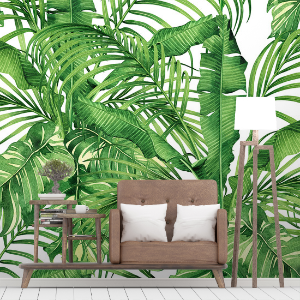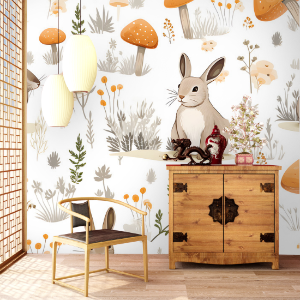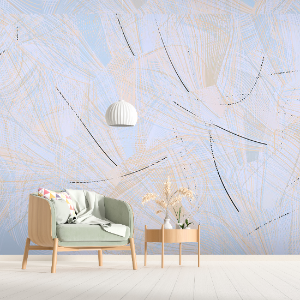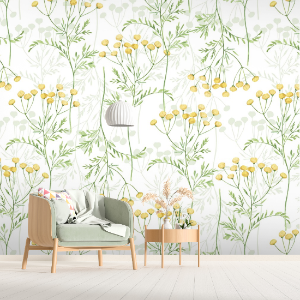Product Features:
Fully customizable, self-adhesive, and removable.
Products Purpose :
WALL DECORATION
Design and customize printed murals in various styles according to client needs.
Product Features:
Fully customizable, self-adhesive, and removable.
Products Purpose :
WALL DECORATION






1. What styles of wallpaper can be customized?
We support various styles and themes, including modern minimalist, European classical, natural landscapes, children's cartoons, corporate culture, etc., and can be designed entirely according to customer needs.
2. Do I need professional tools to install wallpaper or murals?
No, it uses self-adhesive and removable technology, which allows it to be directly applied to the wall without glue or tools, and can be easily peeled off for replacement.
3. Can customized wallpaper adapt to different wall sizes?
Yes, wallpaper supports customization of any size and splicing design to ensure a perfect fit to the space provided by the customer.
4. Is the wallpaper or mural resistant to scrubbing and waterproofing?
Yes, the surface usually has an environmentally friendly coating, which is waterproof, stain-resistant, and easy to clean, suitable for home, office, and commercial spaces.
5. Can I partially replace a customized mural?
Yes, wallpaper can be replaced individually or partially, without replacing the entire wall, making it convenient for maintenance and design updates.
Latex Printers: These use water-based inks with latex polymers. When heated, the water evaporates, and the polymers fuse the pigment to the material. Latex printing is renowned for being environmentally friendly, with low VOC (Volatile Organic Compound) emissions, making it ideal for residential, healthcare, and educational settings.
Solvent/Eco-Solvent Printers: These use inks where pigment is suspended in a mild solvent. The solvent slightly dissolves the surface of the vinyl substrate, allowing the pigment to bond directly to it. This results in highly durable, water-resistant, and UV-resistant prints perfect for high-traffic areas and even some exterior applications.
UV-LED Printers: A cutting-edge technology that uses inks which are instantly cured (hardened) by exposure to ultraviolet (UV) light. This allows for printing on a vast array of rigid and flexible substrates—from wood and glass to textured fabrics—without absorption or off-gassing, resulting in a robust and vibrant finish.
Paste-the-Wall Vinyl: This material is pasted directly onto the wall itself, not the mural. This makes installation easier for larger panels, as the weight of the material is supported during application, reducing the risk of tearing.
Textile and Fabric: Materials like polyester canvas or woven textiles offer a classic, matte finish that is acoustically absorptive. They are often stretched over a frame, creating a seamless, gallery-like appearance without visible seams.
Wallpaper Backing: Traditional wallpaper material, often made of non-woven fibers, provides excellent breathability, preventing moisture buildup and making it suitable for a variety of wall conditions.
Each material has specific properties regarding opacity, tear strength, dimensional stability (resistance to stretching), and surface texture, all of which are carefully considered by manufacturers to ensure the final product performs as expected.
Color Management and Proofing: Professional printers operate within a color-managed workflow using ICC profiles. These profiles ensure that the colors on the screen accurately match the output on the specific printer and material combination. Soft-proofing (on screen) or physical proofing is often available to clients for final approval.
Printing and Curing: The approved file is sent to the large-format printer. As the print heads move back and forth, the image is laid down. Immediately after printing, the material passes through a curing process—either a heated dryer for latex, an evaporation chamber for solvent, or a UV-LED curing lamp—to set the inks permanently.
Finishing and Quality Control: This is a crucial step. The printed material is meticulously trimmed. For multi-panel murals, registration marks are used to ensure each panel aligns perfectly with its neighbors. Every inch of the material is inspected for color consistency, defects, and alignment.
Packaging and Shipping: The finished mural is carefully rolled (usually with the printed side out to prevent cracking) into sturdy tubes with protective end caps. Proper packaging is essential to prevent damage during transit, ensuring the client receives a pristine product ready for installation.